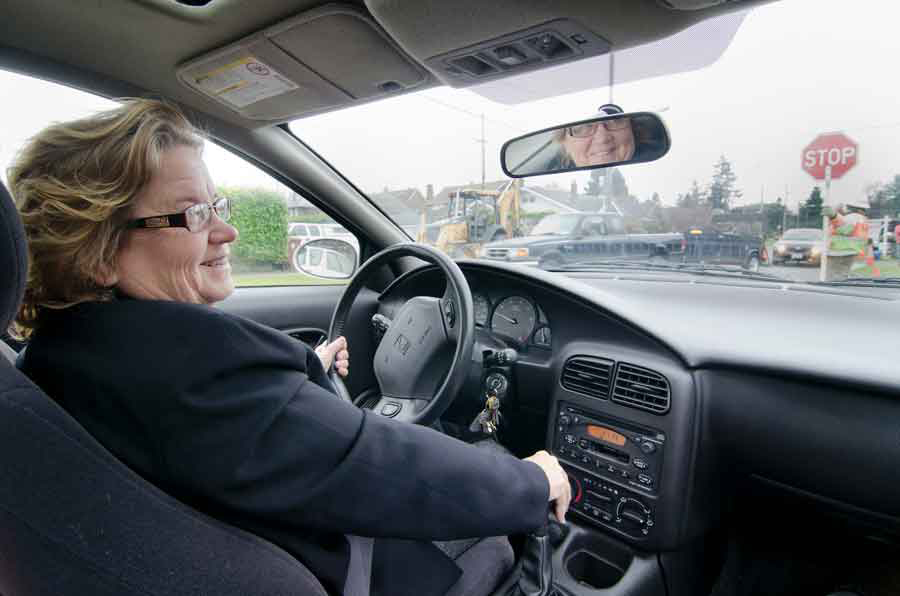‘How much housing can I afford? What services do I need?
There are about 22,000 senior housing properties in the U.S. And there are different types of senior housing, so figuring out which one to choose can feel a bit daunting. Asking yourself two questions – “How much can I afford?†and “What level of services do I need?†– will help you narrow your range of choices so you can find the best fit for your lifestyle and budget.
You may think senior living is expensive. But a lot of people are surprised at how favorably costs compare to homeownership.
First, figure out how much it costs to stay in your own home. Even if you’ve paid off your mortgage, you still have homeowner’s expenses such as senior-related renovations and ongoing home maintenance issues, as well as expenses for utilities, taxes, groceries, dining out, entertainment, etc. And don’t forget to add up any medical or in-home healthcare expenses.
Next, take all your financial resources into account. In addition to income and your assets, this includes long-term care insurance, veterans or surviving spouse’s benefits, retirement investments or other pension benefits. Once you collect this information, you can establish a budget. Then you can eliminate any retirement housing options that don’t fit within it – making your search that much easier.
Make an objective list of current services and support you need, as well as those you anticipate needing down the road. You may not need health services now, but the reality is that 70 percent of people over the age of 65 will need some type of long-term care, according to the U.S. Department of Health and Human Services.
Here are some broad definitions to help you determine what level of care to look for.
- Independent living. Offers opportunities to pursue your interests, make friends, and take care of your mind, body and spirit – all while freeing you from the burdens of homeownership. If your overall health is good and you don’t need help with activities of daily living, this could be a good fit for you.
- Assisted living. These communities are designed to help you live more independently through personal help, transportation and home maintenance. Consider assisted living if there are mobility issues, medication management problems, or difficulties dressing, bathing or grooming.
- Skilled nursing. Care in a licensed healthcare facility may be best if you need short-term rehabilitation services or a higher level of continuous care for health issues too complex to be dealt with at home or in an assisted living facility.
- Life plan communities. Also known as continuing care retirement communities, this option offers a continuum of care that includes independent living, assisted living, memory care and skilled nursing. It allows you to enjoy your independent lifestyle now and gives you access to future health care at controlled costs.
Know your budget, know your needs. Once you do, you’ll be much closer to finding the senior living lifestyle that’s best for you.
Source: American Seniors Housing Association and whereyoulivematters.org
